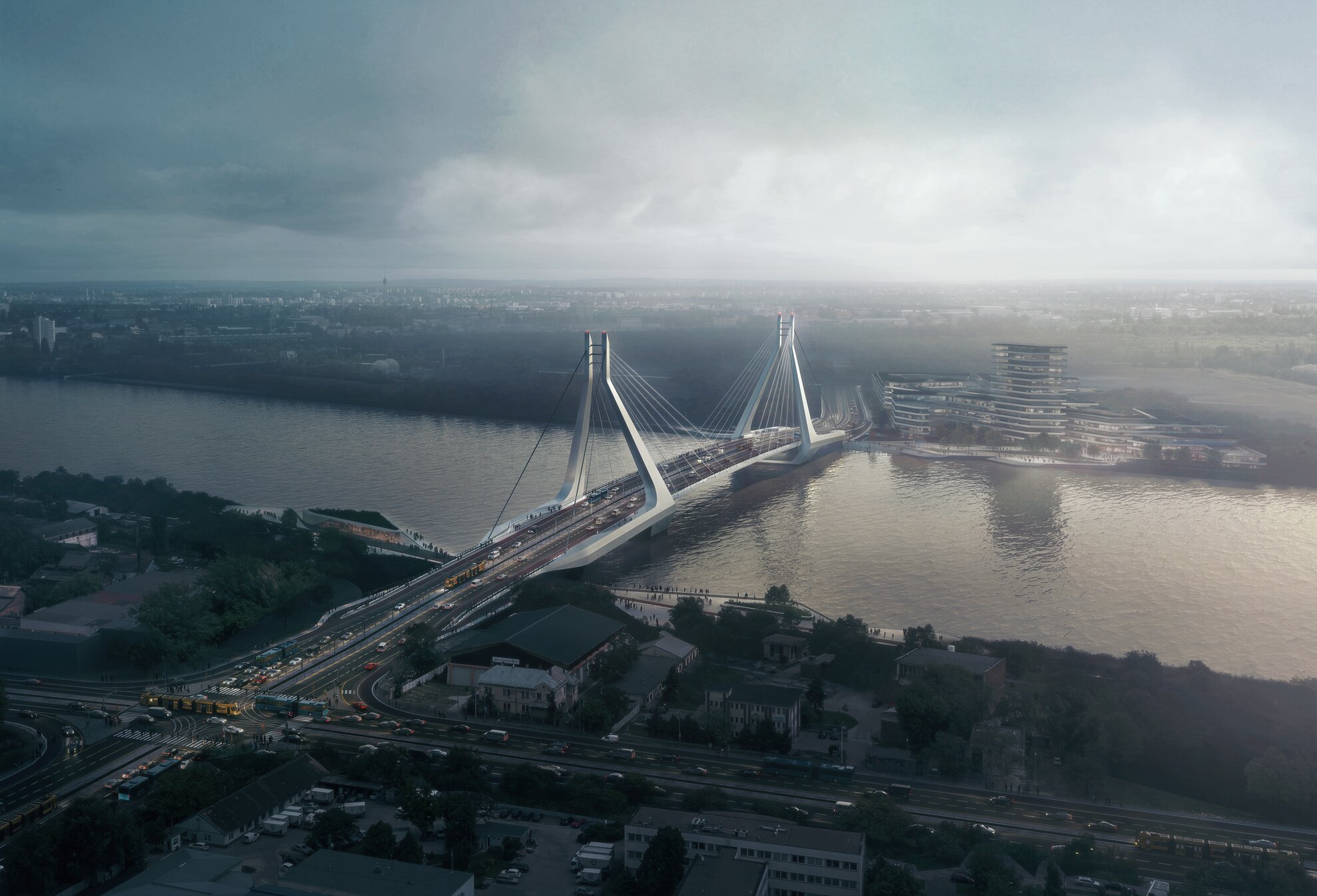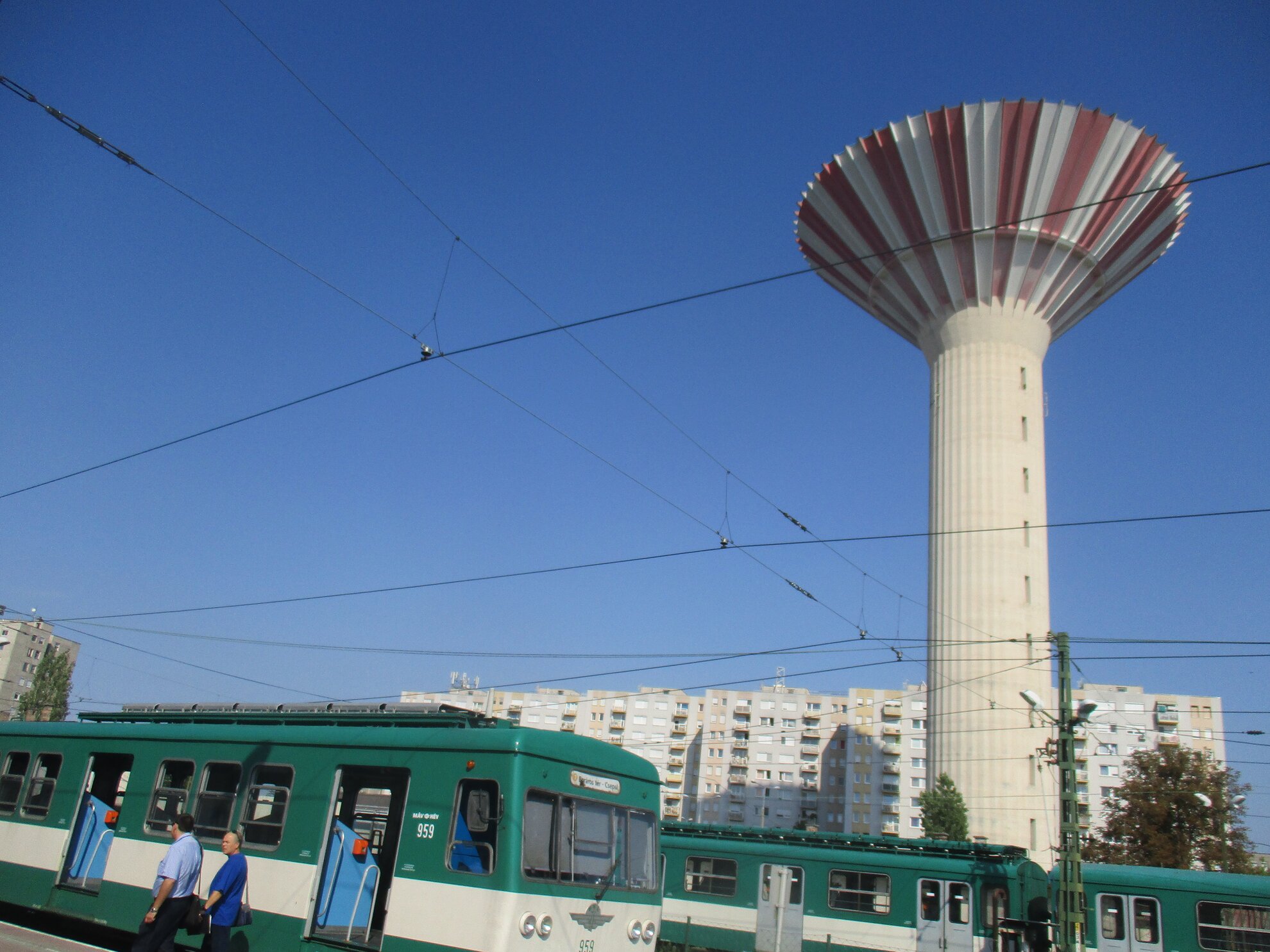An international tender for the design of the bridge in 2017 was won by a design consortium comprising the Dutch UN Studio and the UK’s Buro Happold Engineering.

New Buda tram link
“The
planned tram line will run from Fehérvári út in Buda through north Csepel to
Gubacsi út in Pest, with five step-free stops on the new section. This will
link Újbuda to the south Pest line network and Határ út metro station”, writes Budapest Development
Centre CEO
Dávid Vitézy.
The five new stations will be Fehérvári út/Andor utca, Szerémi út, Budafoki út, Weiss Manfréd út and Soroksári út. The south Buda hub will include Újbuda, Móricz Zsigmond körtér, Villányi út, BAH, Alkotás utca and Széll Kálmán tér.

Illustrating the benefits of linking by tram, the line over Rákóczi Bridge was built two decades after the actual crossing. In addition, this will be the first tram to Csepel island, a large, former industrial zone otherwise served by HÉV train from Boráros tér. This itself is currently undergoing renovation.
The interlinked road network will be urban in nature, with trams running between rows of trees and green spaces. It will also be possible to change from the new line onto the H6 (Ráckeve) and H7 (Csepel) HÉV suburban rall lines.




